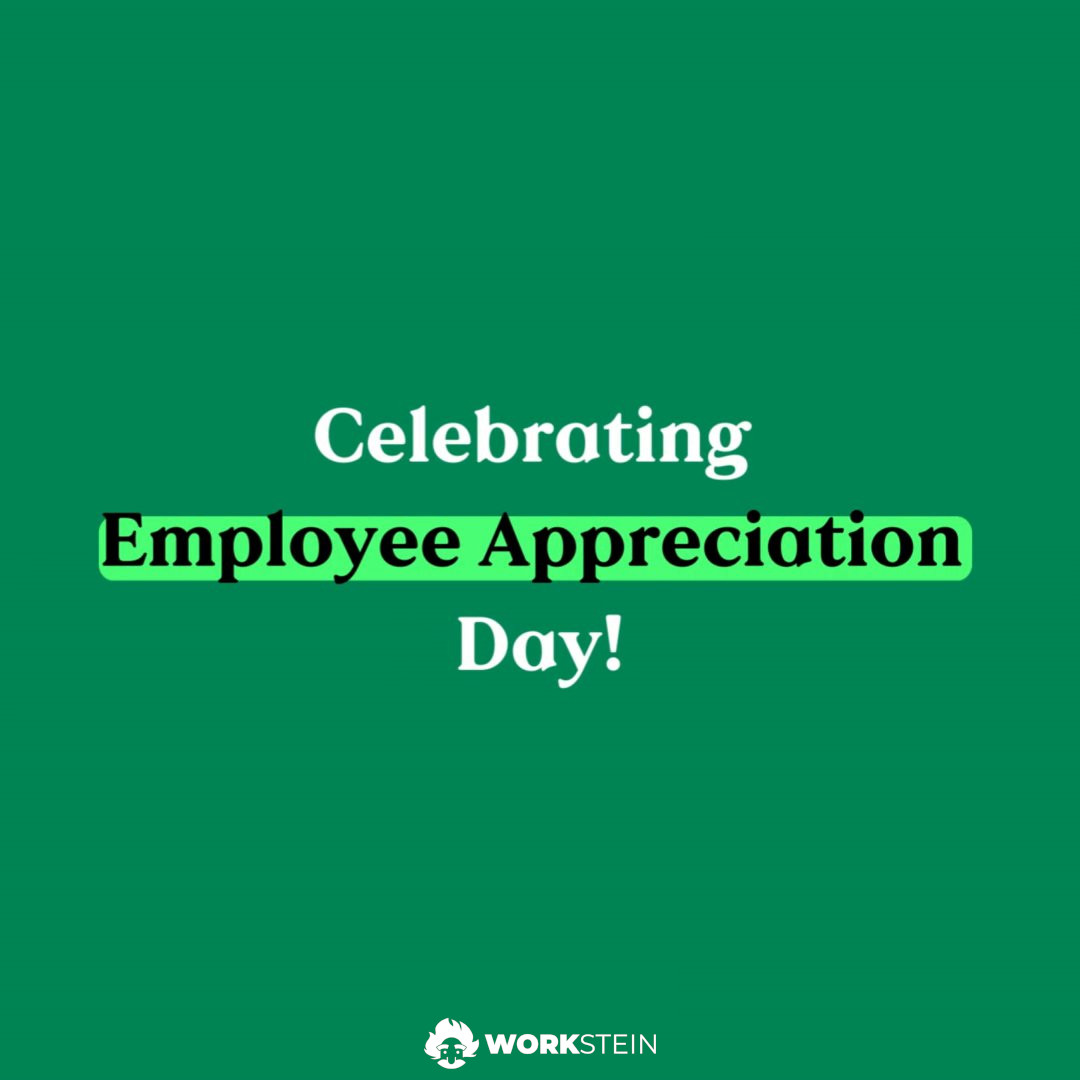Employee Appreciation Day is a fantastic opportunity to recognise the contributions of your workforce, but appreciation shouldn’t be reserved for just one day a year. While an annual celebration is valuable, fostering a culture of appreciation throughout the year leads to higher engagement, improved morale, and a better employee experience.
In this blog, we’ll explore the importance of celebrating employees annually, daily, weekly, and monthly, as well as how to measure appreciation effectively. Finally, we’ll dive into how AI-driven sentiment and engagement tools can help HR teams enhance workplace culture.
Celebrating Employee Appreciation Day Annually
A dedicated day for employee appreciation is an excellent way to reinforce company values, build connections, and express gratitude. However, to make it truly meaningful, businesses should go beyond generic “thank you” emails and instead:
✔ Host a company-wide event or recognition ceremony
✔ Offer small tokens of appreciation (gift cards, extra time off, or personalised thank-you notes)
✔ Share employee success stories across internal platforms
✔ Encourage leadership to engage in direct appreciation efforts
Why It Matters:
A Gallup study found that employees who feel appreciated are 2.7 times more likely to be engaged in their work, leading to higher retention and productivity.
Beyond a Single Day: Making Appreciation a Daily, Weekly, and Monthly Practice
While an annual event is a great start, consistent recognition is what truly impacts workplace culture. Here’s how appreciation can be built into daily, weekly, and monthly routines:
Daily Appreciation: Small Gestures That Make a Big Difference
💡 Simple, informal appreciation goes a long way in boosting morale and reducing workplace anxiety.
✔ A quick “thank you” message in Slack or email
✔ Publicly acknowledging someone’s effort in a team meeting
✔ Managers taking 30 seconds to express gratitude for a job well done
Impact: Small acts of daily appreciation lead to a more positive work environment and stronger employee-manager relationships.
Weekly Appreciation: Building a Habit of Recognition
💡 A structured weekly approach to appreciation can make it a habit within teams.
✔ End-of-week team shoutouts in meetings or emails
✔ Implementing a peer recognition program where employees can highlight a colleague’s contributions
✔ Sharing a “Win of the Week” to celebrate individual and team successes
Impact: Employees feel seen and valued without waiting for a formal review or annual event.
Monthly Appreciation: More Structured Recognition
💡 Monthly recognition allows for a deeper level of acknowledgment and rewards.
✔ Employee of the Month programs with meaningful incentives
✔ Leadership-led recognition sessions
✔ Team appreciation lunches or celebrations
Impact: Monthly appreciation reinforces performance expectations while ensuring consistent recognition.
Measuring Employee Appreciation: How Do You Know It’s Working?
Many companies struggle to assess whether their appreciation efforts are making a real difference. To track and improve appreciation, HR teams should:
📊 Survey Employees Regularly – Ask employees how valued they feel and whether recognition efforts resonate.
📈 Monitor Engagement & Retention Rates – High turnover can signal a lack of appreciation in the workplace.
💬 Use Sentiment Analysis Tools – AI-driven tools can measure employee sentiment from feedback and communication channels.
🏆 Track Peer Recognition Program Usage – If participation is low, it may be time to adjust the approach.
Key Insight: Companies with strong recognition cultures have 31% lower voluntary turnover rates than those with weak recognition programs (SHRM study).
The Role of AI: How the Sentiment & Engagement HR Bot Enhances Employee Experience
One of the biggest challenges in employee appreciation is understanding real-time sentiment and ensuring that recognition is meaningful and consistent. This is where HR technology and AI-powered engagement tools come in.
Features of the Sentiment & Engagement HR Bot
🤖 Real-Time Sentiment Analysis – Identifies trends in employee morale based on feedback, meeting notes, and communication patterns.
📊 Engagement Dashboards – Provides insights into which teams need more recognition and support.
💬 Automated Check-Ins – AI-powered nudges encourage managers to provide timely appreciation and feedback.
🎯 Customised Recognition Prompts – Suggests meaningful ways to appreciate employees based on their preferences.
The Impact on Employee Engagement & Experience
✔ Reduces anxiety by ensuring employees feel heard and valued
✔ Empowers managers with data-driven insights on when and how to recognise employees
✔ Fosters a stronger culture of continuous recognition and appreciation
Case Study Example:
A mid-sized company using AI-driven engagement tools saw a 40% improvement in employee satisfaction scores within six months after implementing automated recognition prompts and sentiment tracking.
Final Thoughts: A Workplace Where Appreciation Is the Norm
Celebrating Employee Appreciation Day is a great start, but true engagement happens when appreciation is embedded into the company culture year-round. By implementing daily, weekly, and monthly recognition strategies, tracking their effectiveness, and leveraging AI-driven HR tools, businesses can create an environment where employees feel valued, motivated, and engaged.
Ready to Take Employee Engagement to the Next Level?
Discover how HR sentiment analysis and engagement bots can transform your workplace culture.
🚀 Book a demo today and see how AI-powered appreciation can boost your workforce!


